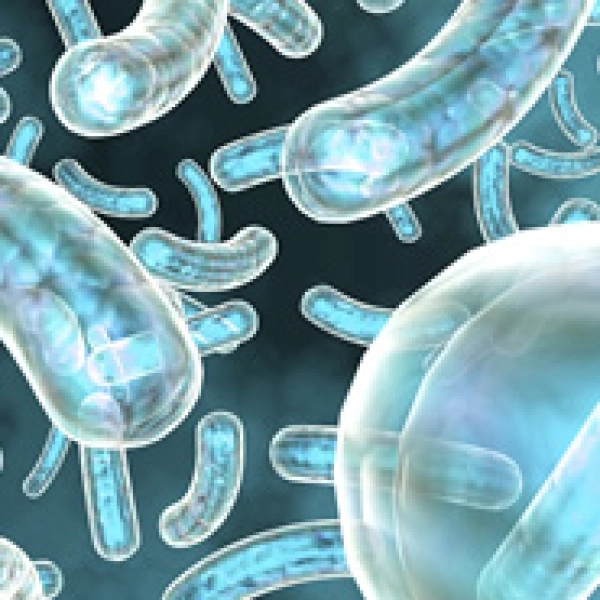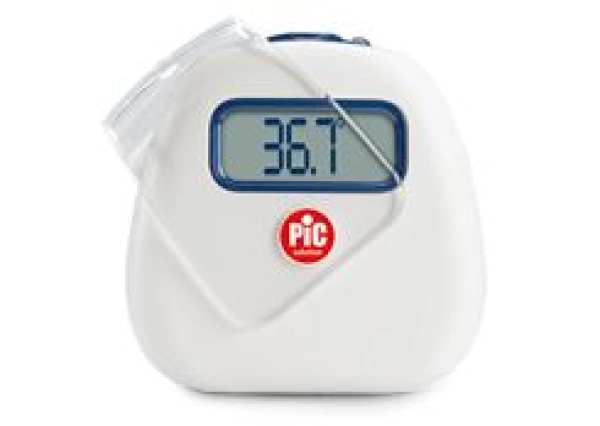

Body temperature is a product of metabolism, and heat is the energy released from the work done by the cells, mainly those of the liver, brain, heart and active muscles. But it is not the same all day. There are natural variations and others caused by the external environment and by physical activity. Under normal conditions, over the space of 24 hours, body temperature reaches its minimum during the morning hours and its maximum towards the late afternoon.
Core body temperature is controlled by the hypothalamus, part of the brain. This is a kind of organic thermostat which, independently of the outside environment, keeps the body temperature at 36° to 37° C (96,8° to 98,6° F) in normal conditions.
Winter and summer affect body temperature, and heat distribution in particular. In winter, for example, the temperature of the throat may be 37° C (98,6° F), while the knees may be a few degrees cooler. In summer, on the other hand, the heat is less concentrated in a few areas, and more homogeneous.
The metabolism of a normally healthy person slows down when they're asleep, and their body temperature falls. When they wake up, their temperature rises with your metabolism.
After a hard session at the gym, a person's body temperature may rise by up to 3° C (37,4° F) and stay high for several hours after they've finished. The phenomenon of thermogenesis increases perspiration and vasodilatation to eliminate the excess heat.
Body temperature rises after a meal, because the digestive system releases more heat to absorb the food consumed. The temperature will depend on how many calories the meal contained, and in particular how much protein.
In women of childbearing age, body temperature varies with the menstrual cycle. It's about 0.5° C (32,9° F) lower before ovulation, then rises by about half a degree during ovulation and stays the same during the second half of the cycle.






